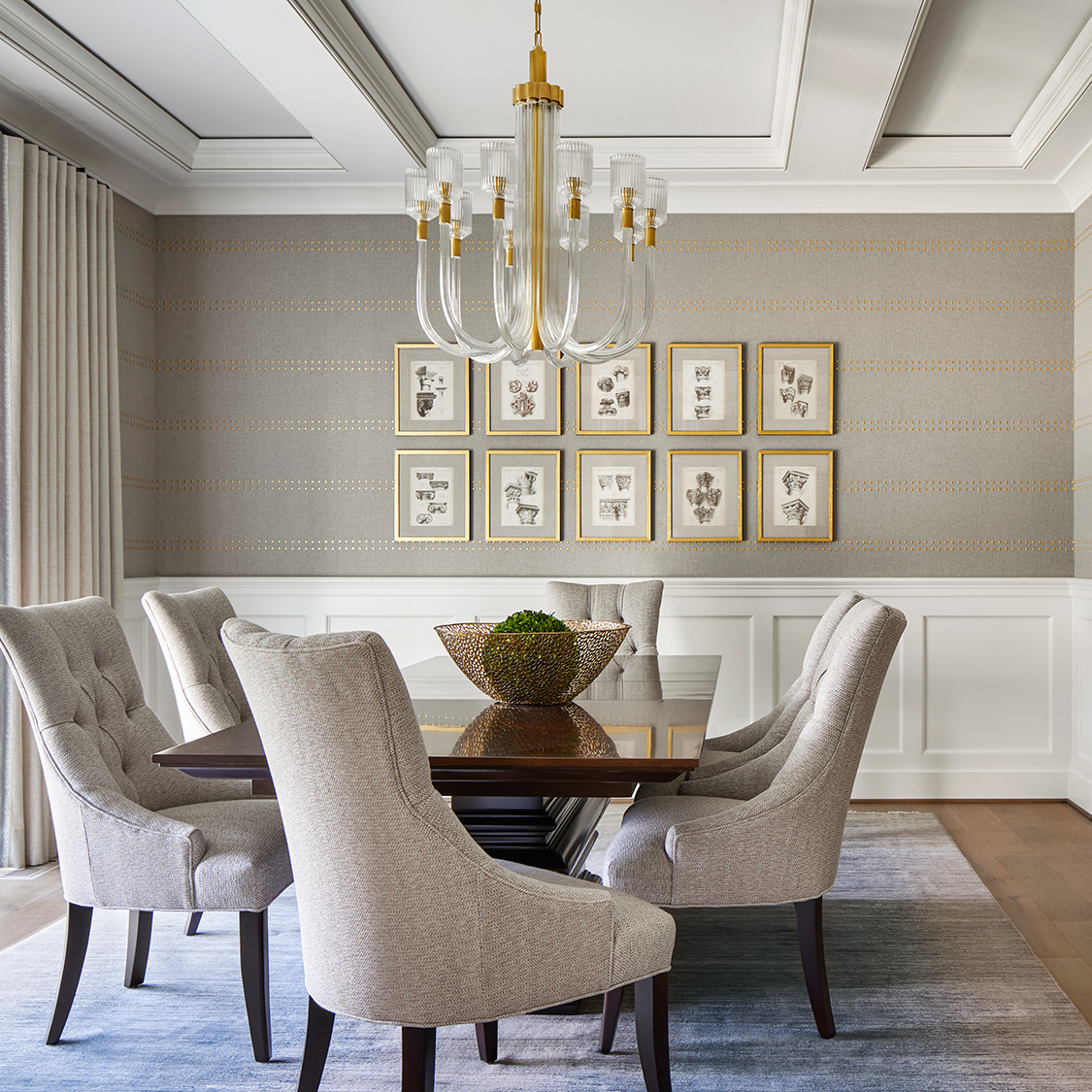Radiant Sketches: Marveling at the intricate beauty of Chandelier Line Drawings

Radiant Sketches: Marveling at the intricate beauty of Chandelier Line Drawings
Introduction
Chandeliers have always been synonymous with grandeur and opulence, lending a touch of luxury to any space they adorn. However, beyond their ornate designs and sparkling crystals, chandeliers have also captured the imaginations of artists and designers in a medium where their elaborate structure and intricate details can be emphasized: line drawings.
In this article, we will delve deeper into the world of chandelier line drawings, exploring their origins, styles, and techniques. We will also look at some of the most famous chandelier line drawings that have made an impact on the art world.
Origins of Chandelier Line Drawings
Chandelier line drawings have been around since the early 18th century, when chandeliers were first introduced in their iconic form. The French artist, Jean-Baptiste Oudry, was one of the first artists to create detailed sketches of chandeliers, which were later used by designers to create similar pieces. These drawings were initially intended as practical illustrations, rather than works of art in themselves.
Styles of Chandelier Line Drawings
Over time, chandelier line drawings evolved into an art form in their own right, with different styles emerging. Some artists focused on minimalism, depicting only the basic shape and structure of the chandelier, while others emphasized the intricate details and ornate designs that make these fixtures so impressive. Still, others played with perspective and lighting, creating dramatic and dynamic images that showcase the beauty and grandeur of chandeliers.
Minimalism
Minimalist chandelier line drawings typically use bold, simple strokes to capture the essential shape and structure of the chandelier. These drawings are often monochromatic, emphasizing form over color. The simplicity of these sketches allows the viewer to focus solely on the shape of the chandelier, making them ideal for designers who want to capture the basics of a particular fixture.
Intricate Details
Some chandelier line drawings focus on the intricate details that make these fixtures so impressive. These drawings use fine, delicate lines to capture the elaborate designs and patterns of the chandelier’s crystals, beads, and metalwork. These sketches tend to be more complex and detailed than minimalist drawings, requiring more time and skill to produce.
Dramatic Lighting and Perspective
Finally, some chandelier line drawings play with lighting and perspective to create dramatic and dynamic images that showcase the grandeur of chandeliers. These drawings use light and shadow to create depth and texture, and often incorporate unique angles to capture the chandelier from a novel perspective. These sketches are ideal for artists who want to showcase the beauty of a chandelier while also creating a visually stunning image.
Famous Examples of Chandelier Line Drawings
Chandelier line drawings have been popular with artists and designers for centuries, leading to a wealth of famous examples. Here are just a few:
Giuseppe Castiglione’s Chandeliers at the Forbidden City
Giuseppe Castiglione was an Italian Jesuit missionary who served as a court painter in China during the 18th century. His sketches of the chandeliers in the Forbidden City in Beijing offer a rare glimpse into the grandeur of the imperial palace.
Henri Matisse’s Chandelier
Henri Matisse’s Chandelier is a striking example of minimalist chandelier line drawings. Using only a few bold lines, Matisse captures the essential shape and structure of a chandelier, making it seem almost effortless.
Alexander Calder’s Chandeliers
Alexander Calder’s whimsical chandelier line drawings are the epitome of dramatic lighting and perspective. His sketches feature multiple angles of the same chandelier, often as if viewed from above or below, creating a sense of movement and energy.

